Pileated woodpeckers are large birds native to North America. They, like all woodpeckers, are best known for their love of repeatedly hammering on trees with their beaks. This behavior is, of course, used to bore holes in the trees and collect insect larvae.
The design of woodpeckers’ heads allows them to withstand this type of behavior, please do not attempt to replicate it yourself! Read on to learn about the pileated woodpecker.
Description of the Pileated Woodpecker
You can easily identify these birds by looking for their bright red crests. The rest of their heads are black and white striped, and the rest of their feathers are black.
As far as woodpeckers go, they are quite large. Adults can stand up to 19 in. tall, and have a wingspan of up to 30 in. across. Male pileated woodpeckers have a red “moustache” running on either side of their beaks, while in females this stripe is just black.
Interesting Facts About the Pileated Woodpecker
You will sooner hear these widespread birds than see them! A rhythmic drumming sound usually alerts you to the presence of a woodpecker, and this species is no exception. Learn more interesting tidbits about these creatures below.
- Pileated – Though scientists beat around the bush with it, they named pileated woodpeckers after their red crest. Pileated is a reference to the Latin word pileatus, which means “capped.” This is, of course, a play on the hat-like appearance of the bright red crest of the bird.
- Subspecies – These woodpeckers are a widespread and common bird. Because of this, scientists have identified four different subspecies across their range. The southern subspecies resides in the southeastern United States, save for Florida, which has its own subspecies (aptly named the “Florida pileated woodpecker”). The northern subspecies ranges throughout Canada and the northern United States. Finally, the western subspecies lives throughout western Canada and a strip along the west coast of the United States.
- Lofty Living Arrangement – In addition to searching for food, woodpeckers will use their strong beaks to hammer large holes into trees to create nests. These nests usually have multiple entrance holes, and can be quite large. Some nesting holes are so large that the woodpeckers can accidentally split a small tree in half!
- Drumming Up Competition – Woodpeckers also peck for reasons other than finding food and excavating nests. Pairs of woodpeckers are highly territorial. They will find a hollow tree and hammer loudly against it to create the loudest sound. This drumming helps establish territory boundaries and scare away rivals.
Habitat of the Pileated Woodpecker
Because woodpeckers are so reliant on trees as a food source, they must live in forested areas. They specifically seek mature hardwood trees, which are perfect for finding food and drilling into with their beaks. Though they prefer heavily forested habitats, they will live in areas with fewer trees, provided there is still enough for them to forage and make their homes.
Distribution of the Pileated Woodpecker
This species is widespread and common throughout much of its range. They reside across much of North America. Different subspecies occupy different regions across their range.
In the United States, you might see them from eastern Texas to Minnesota and North Dakota, all the way to the east coast. In the western United States they reside along the coast Washington, Oregon, and northern California. They also live across much of southern Canada in forested areas.
Diet of the Pileated Woodpecker
Much of the pileated woodpecker’s diet consists of insects. Their primary prey includes carpenter ants and wood-boring beetle larvae, which they capture by boring holes into trees and logs.
The woodpeckers hammer holes into the trees, and use their long tongue to extract the insects or larvae. However, they will also feed on seeds, nuts, fruits, and berries. Feeding can occur up in the trees, as well as on the forest floor.
Pileated Woodpecker and Human Interaction
For the most part, these birds do not interact with humans frequently. They live in forested areas, and also frequent parks and other urban habitats, but conflicts rarely occur. Occasionally homeowners consider them nuisances for the damage they can inflict on trees, but this is minimal. Across their range, their population is relatively stable. The IUCN lists them as Least Concern.
Domestication
Humans have not domesticated pileated woodpeckers in any way.
Does the Pileated Woodpecker Make a Good Pet
The pileated woodpecker is protected under the Migratory Bird Act, and it is illegal to own one as a pet.
Pileated Woodpecker Care
Most pileated woodpeckers in zoos are non-releasable animals rescued from the wild. They house them in large enclosures with plenty of flying space. Because they will bore into wooden surfaces, it is important to use metal for their housing. Of course, zookeepers must also provide a variety of tree trunks and branches for them to drill into with their beaks. They eat an insectivore diet, with a variety of fruits, seeds, and berries thrown in.
Behavior of the Pileated Woodpecker
Woodpecker pairs defend territories, and remain in these territories instead of migrating. They make quite a show out of territorial displays, engaging in much hammering, chasing, vocalizing, and chasing rivals. However, during the wintertime they are much more tolerant of vagrants, and are not nearly as aggressive as they are during the breeding season.
Reproduction of the Pileated Woodpecker
Both parents construct the nest cavity, which they carefully chisele into the trunk of a tree. These nesting holes can be very large, and usually contain multiple holes to enter and leave the nest. Abandoned nests A number of other species, both bird and mammal, use their abandoned nests. Both parents incubate the eggs for 12 – 16 days, and the young learn to fly when they are around one month old.

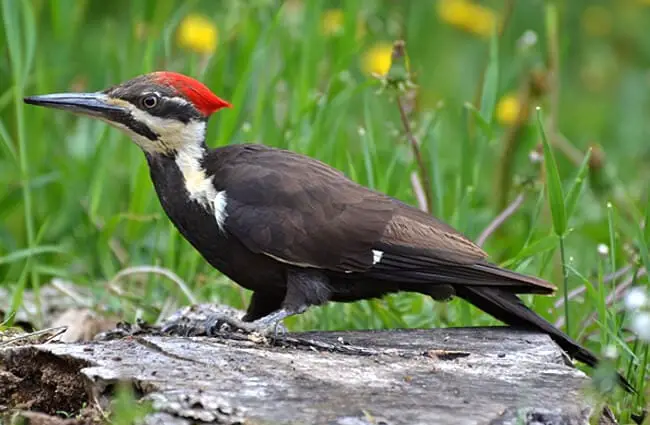
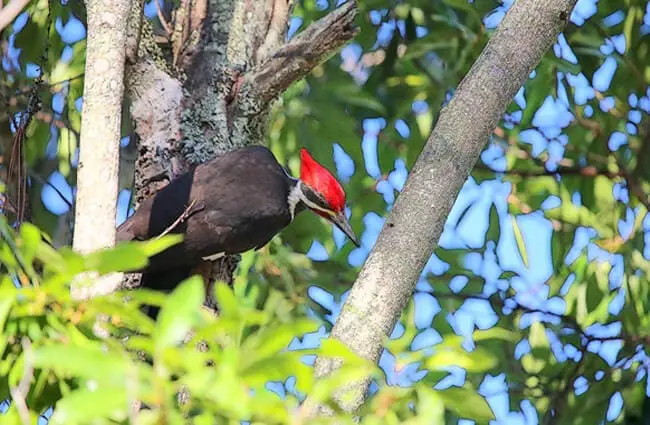
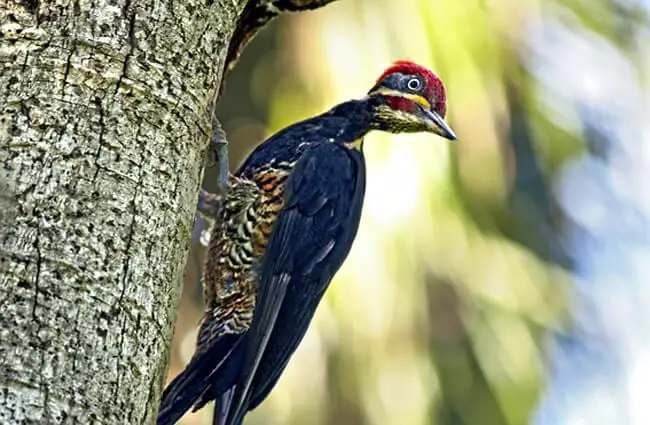
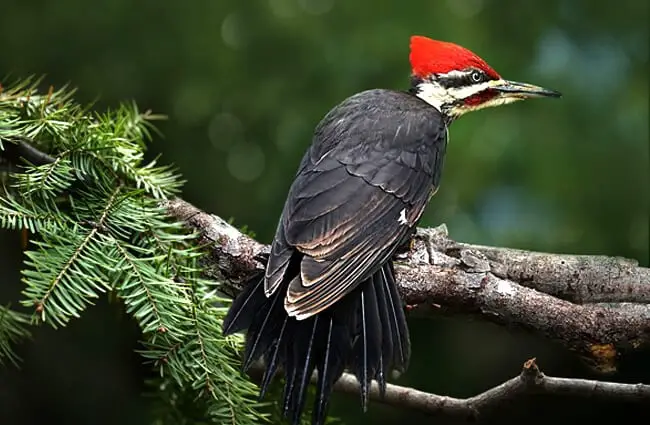
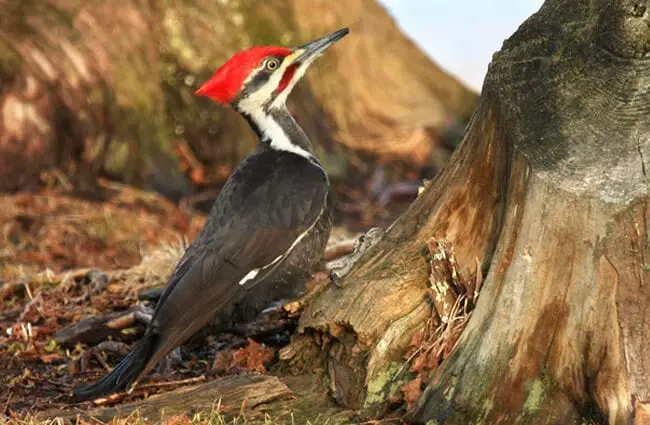


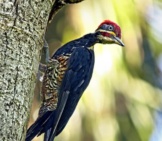

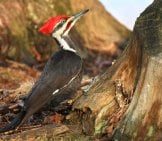
![Red Angus Closeup of a beautiful Red Angus cowPhoto by: U.S. Department of Agriculture [pubic domain]https://creativecommons.org/licenses/by/2.0/](https://animals.net/wp-content/uploads/2020/03/Red-Angus-4-238x178.jpg)












![Red Angus Closeup of a beautiful Red Angus cowPhoto by: U.S. Department of Agriculture [pubic domain]https://creativecommons.org/licenses/by/2.0/](https://animals.net/wp-content/uploads/2020/03/Red-Angus-4-100x75.jpg)

